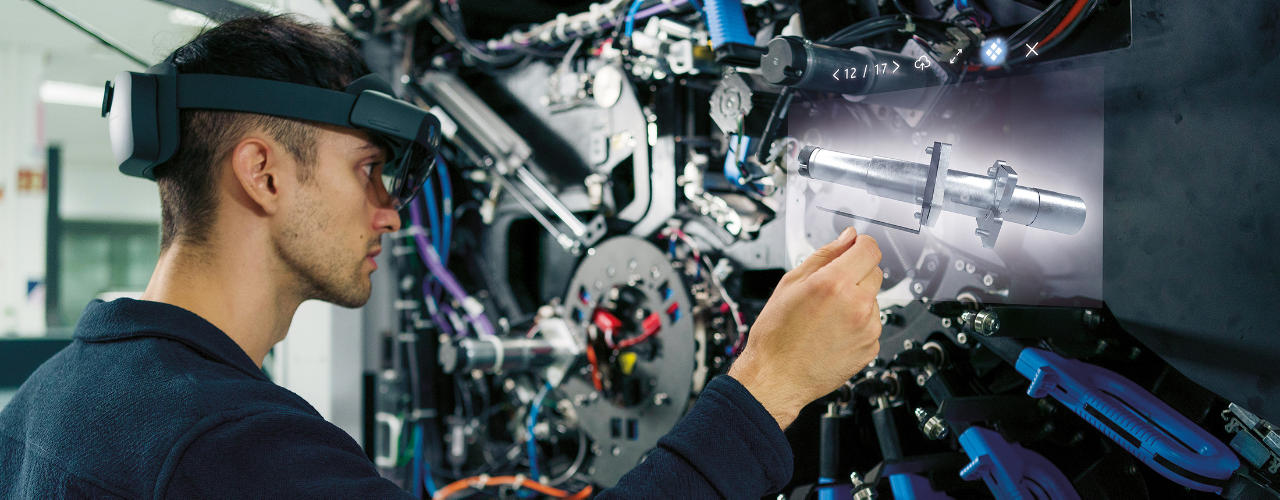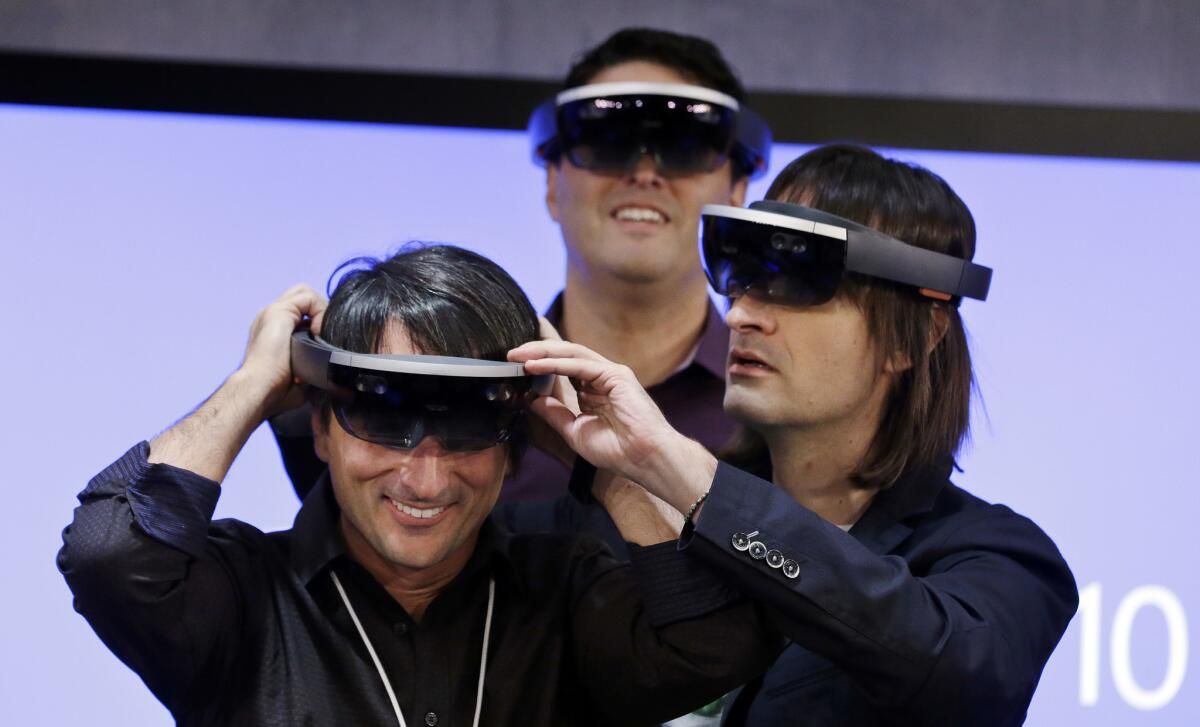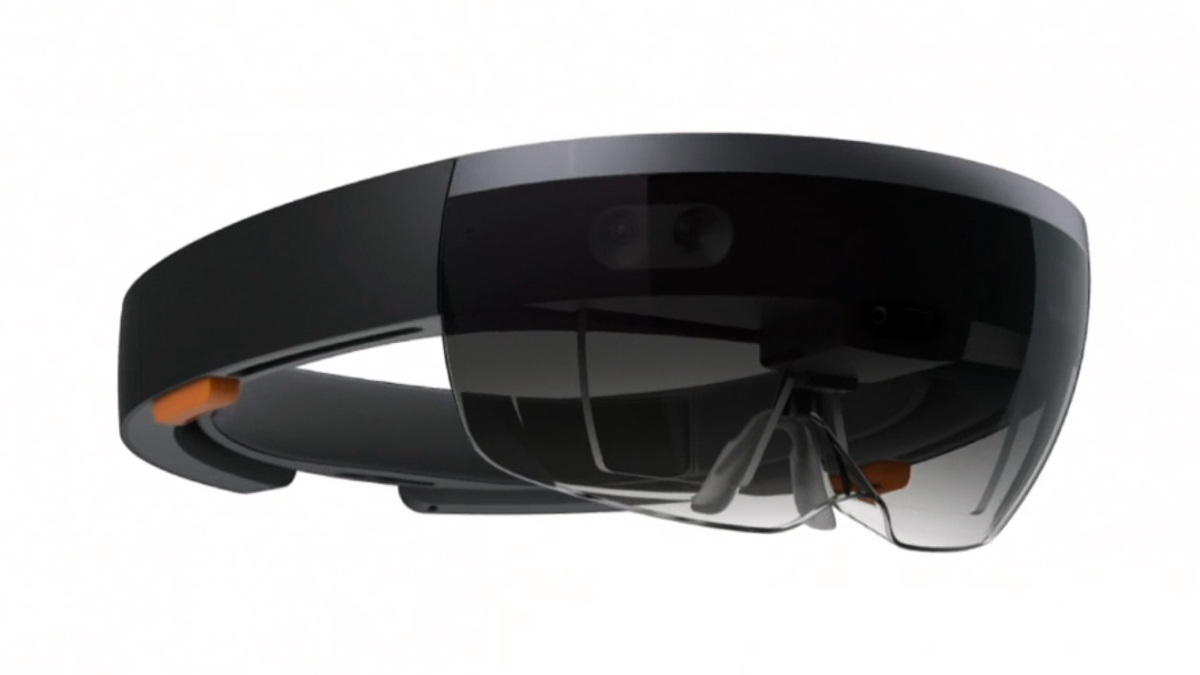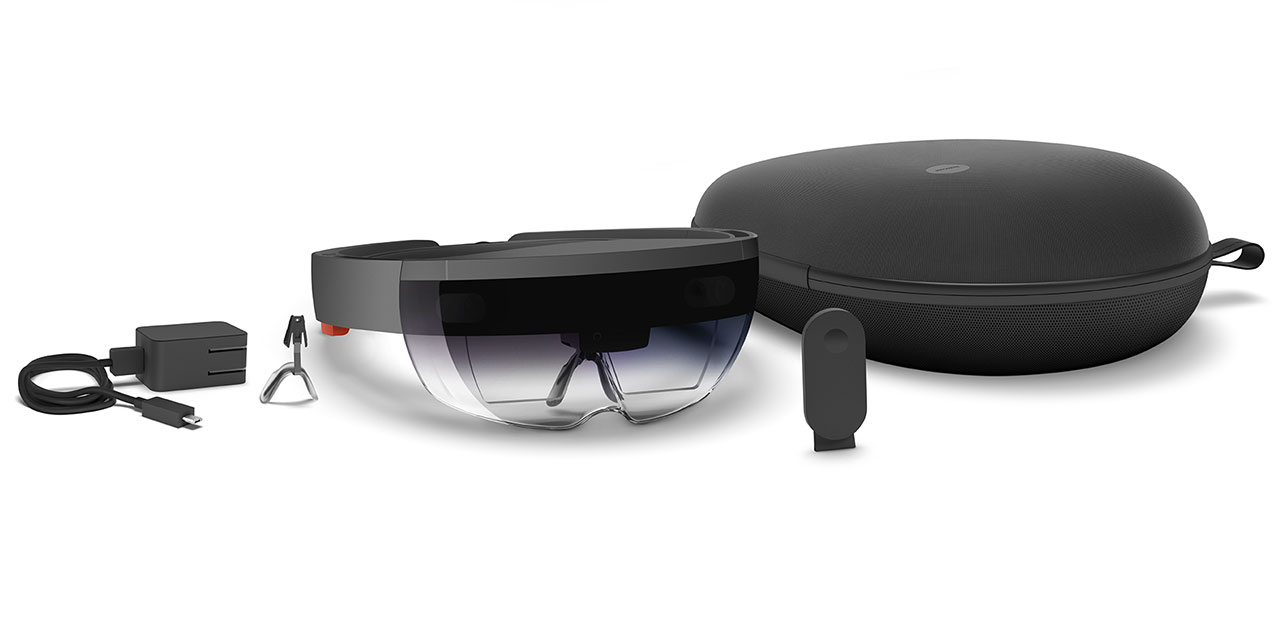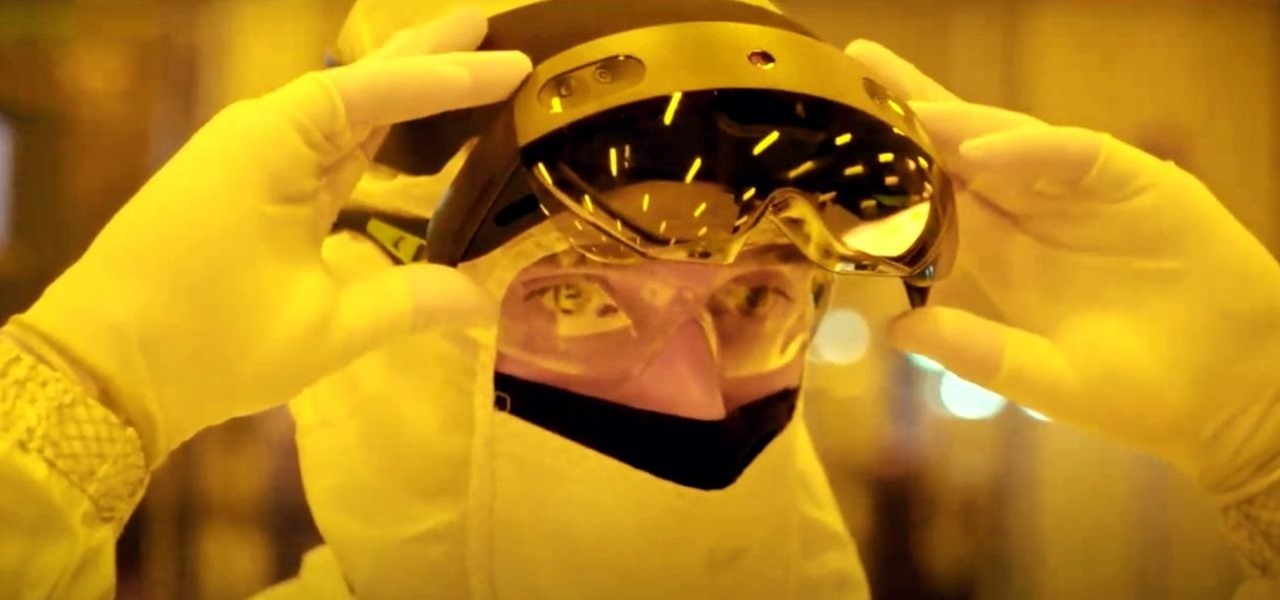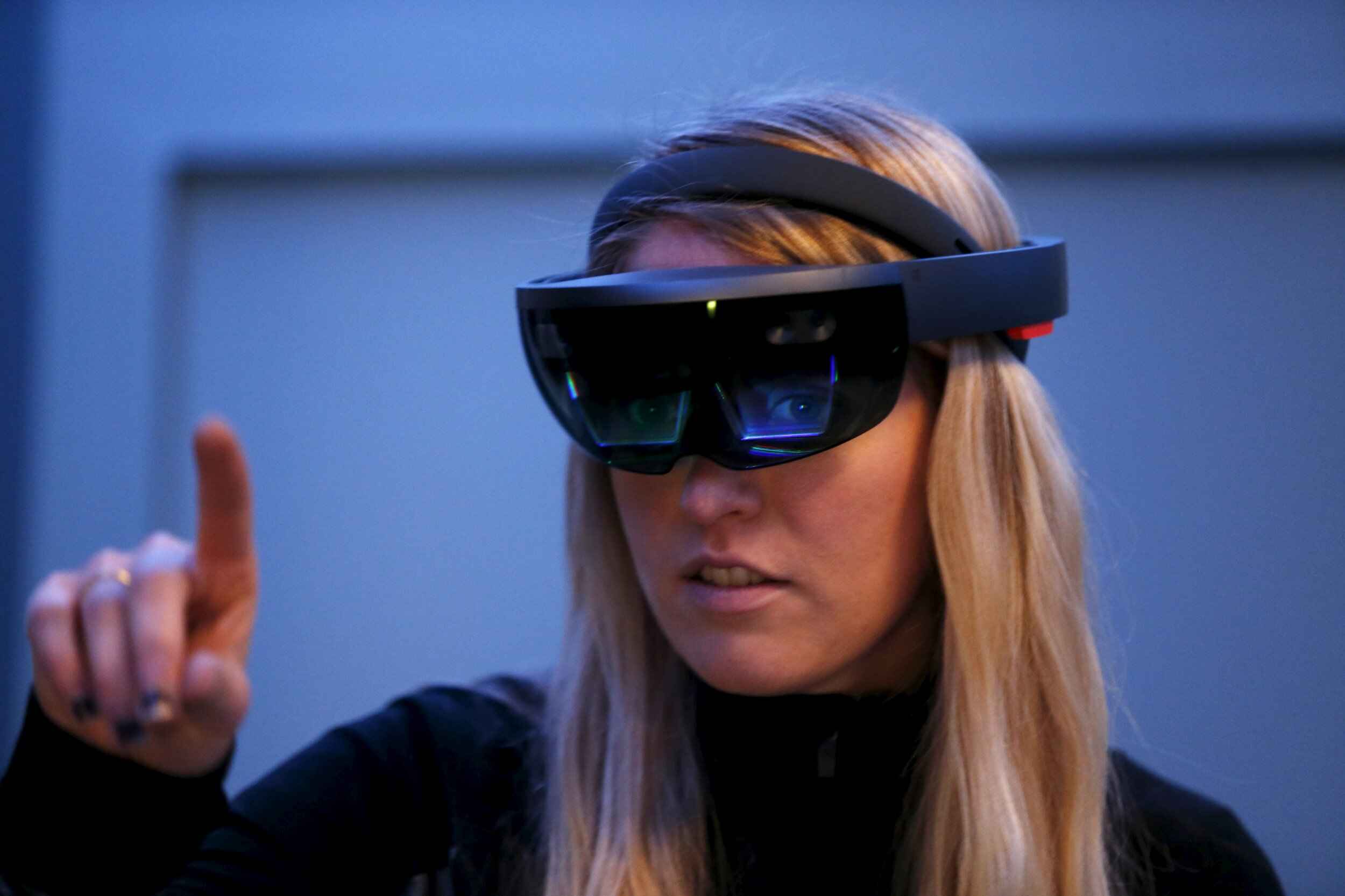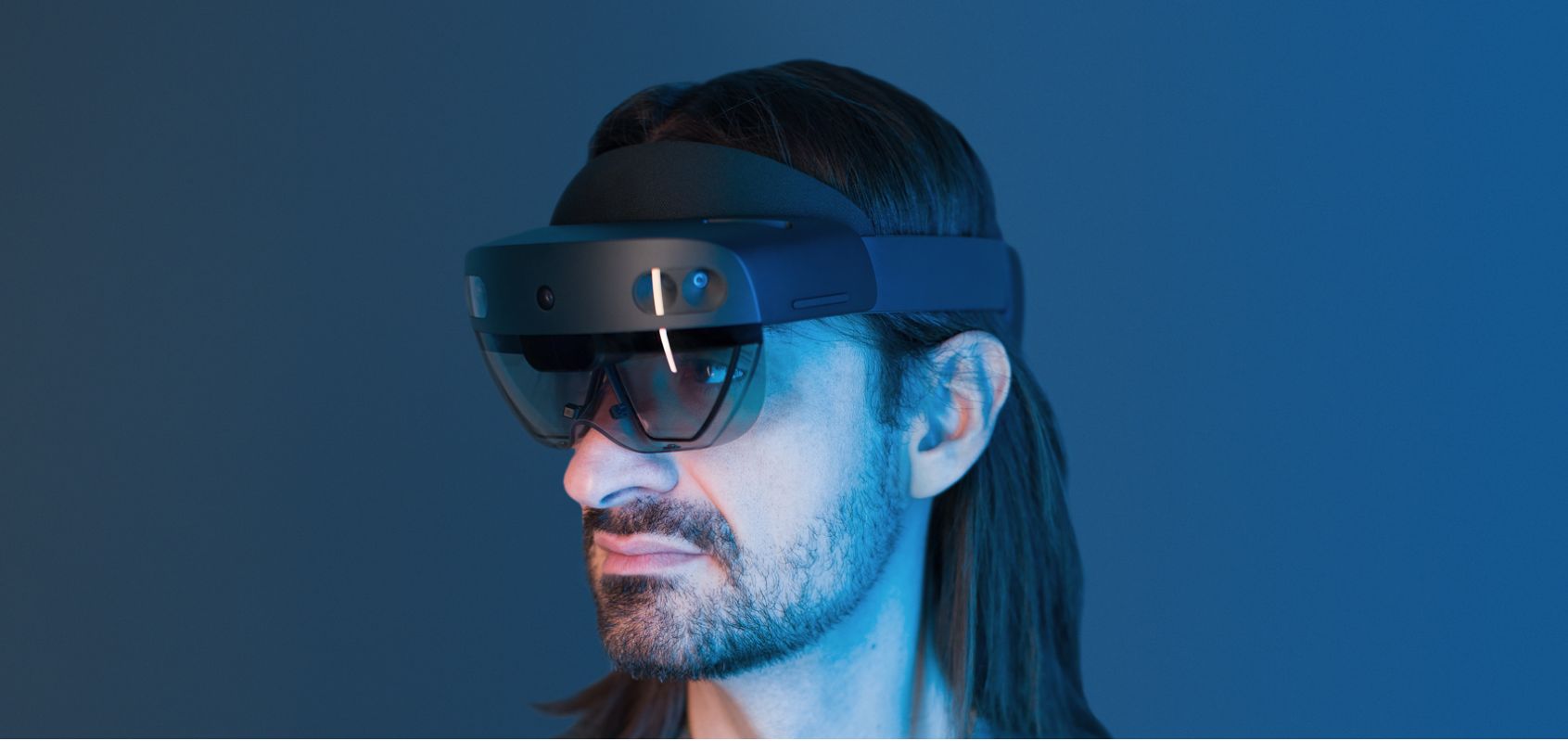Introduction
Welcome to the exciting world of HoloLens development! The HoloLens is a mixed reality headset that allows you to interact with virtual objects in the real world, creating immersive experiences like never before. As a HoloLens developer, one of the key tasks you’ll need to master is pushing data from your computer to the HoloLens device.
Pushing data to the HoloLens is an essential step in deploying applications, transferring files, and updating content on the device. Whether you’re a developer working on a new HoloLens app or simply trying to transfer files to your HoloLens, this guide will walk you through the process of effectively pushing data from your computer to the HoloLens.
By following the steps outlined in this guide, you’ll be able to seamlessly transfer files, deploy applications, and update content on your HoloLens device. Get ready to take your HoloLens development journey to the next level!
Setting up the HoloLens Developer Mode
Before you can start pushing data to your HoloLens device, you need to enable Developer Mode on the device. Developer Mode allows you to deploy and test applications directly from your computer. Here’s how to set up the HoloLens Developer Mode:
- Ensure that your HoloLens device is powered on and connected to Wi-Fi.
- On your PC, open the Windows Device Portal by entering the IP address of your HoloLens device in a web browser.
- Click on the “Device settings” tab in the Windows Device Portal.
- Scroll down to the “Enable Developer Mode” section and toggle the switch to turn on Developer Mode.
- Follow the on-screen instructions to complete the setup process.
- Once Developer Mode is enabled, you’ll be able to deploy and debug applications on your HoloLens device.
Enabling Developer Mode is a crucial step in preparing your HoloLens device for data transfer and application development. Make sure to keep your HoloLens device in Developer Mode for the duration of your development process.
Note: Enabling Developer Mode might require administrative privileges on your PC and HoloLens device. If prompted, follow the instructions to grant the necessary permissions.
Installing Windows Device Portal
To facilitate the data transfer between your computer and the HoloLens device, you’ll need to install the Windows Device Portal. The Windows Device Portal is a web-based tool that allows you to manage and configure your HoloLens device from a web browser on your PC. Here’s how to install the Windows Device Portal:
- On your PC, open the Microsoft Store.
- Search for “Windows Device Portal” and select the appropriate app from the search results.
- Click on the “Install” button to start the installation process.
- Wait for the app to be installed on your PC.
- Once installed, you can launch the Windows Device Portal by searching for it in the Start menu and selecting the app.
With the Windows Device Portal installed on your PC, you’ll have a powerful tool at your disposal to manage your HoloLens device. The Windows Device Portal offers a wide range of features, including file management, device diagnostics, and device performance monitoring.
Make sure to keep the Windows Device Portal up to date to ensure compatibility with your HoloLens device and to take advantage of the latest features and improvements.
Connecting the HoloLens to the Computer
Once you have the HoloLens Developer Mode enabled and the Windows Device Portal installed on your computer, the next step is to establish a connection between your HoloLens device and your PC. Here’s how to connect the HoloLens to your computer:
- Ensure that both your HoloLens device and your computer are connected to the same Wi-Fi network.
- On your PC, launch the Windows Device Portal app.
- In the Windows Device Portal app, click on the “Devices” tab.
- Under the “Paired Devices” section, you should see your HoloLens device listed.
- Click on the “Pair” button next to your HoloLens device to initiate the pairing process.
- Follow the on-screen instructions to complete the pairing process.
Once the pairing process is complete, your HoloLens device will be successfully connected to your computer. You can now proceed with transferring data between the two devices using the Windows Device Portal.
Note: If you encounter any issues during the pairing process, make sure that both your HoloLens device and your computer have Wi-Fi connectivity and are connected to the same network. Also, double-check that both the HoloLens and the Windows Device Portal are up to date with the latest software versions.
Enabling Data Transfer on the HoloLens
Before you can start pushing data from your computer to the HoloLens, you need to ensure that data transfer is enabled on the HoloLens device. By default, data transfer is disabled to prioritize security and minimize potential risks. Here’s how you can enable data transfer on the HoloLens:
- On your HoloLens device, navigate to the “Settings” app.
- In the “Settings” app, select the “Update & Security” option.
- Choose the “For developers” option from the sidebar.
- Under the “Use developer features” section, toggle the switch to turn on “Device discovery”.
- Scroll down and select “Device Portal” to open the Windows Device Portal settings.
- Under the “File transfer” section, toggle the switch to enable data transfer.
- Adjust any additional settings, such as allowing app sideloading or enabling the developer mode PIN.
- Once you have enabled data transfer, any supported file types can be pushed from your computer to the HoloLens.
Enabling data transfer on the HoloLens is essential to facilitate the seamless transfer of files and applications between your computer and the device. It allows you to easily update content, deploy applications, and perform other data transfer tasks.
Remember to exercise caution when enabling data transfer and only allow trusted sources to send files to your HoloLens device.
Using the Windows Device Portal to Push Data
Now that you have your HoloLens device connected to your computer and data transfer enabled, you can use the Windows Device Portal to push data from your computer to the HoloLens device. The Windows Device Portal provides a user-friendly interface for managing your HoloLens device and transferring files easily. Here’s how to push data using the Windows Device Portal:
- Launch the Windows Device Portal app on your computer.
- In the Windows Device Portal interface, navigate to the “File explorer” tab.
- Click on the “Browse” button to locate the file or folder you want to push to the HoloLens device.
- Select the file or folder and click on the “Open” button.
- In the “Destination” field, you can choose where on the HoloLens device you want to store the pushed data.
- Click on the “Copy” button to start the data transfer process.
- Monitor the progress of the data transfer in the Windows Device Portal interface.
- Once the transfer is complete, you can access the pushed data on the HoloLens device.
The Windows Device Portal allows you to not only push files and folders but also manage them, rename them, and delete them from the HoloLens device. This gives you full control over the content on your device and makes it easy to update and modify data as needed.
Remember to follow best practices when pushing data to your HoloLens device, such as organizing files, using descriptive names, and keeping track of versions to ensure a smooth development workflow.
Troubleshooting and Tips
While pushing data from your computer to the HoloLens device is generally a straightforward process, you may encounter some common issues along the way. Here are some troubleshooting tips to help you overcome any challenges:
- Check the Wi-Fi connection: Ensure that both your computer and the HoloLens device are connected to the same Wi-Fi network. A stable and reliable connection is crucial for successful data transfer.
- Restart both devices: If you’re experiencing connectivity issues or the data transfer is not working as expected, try restarting both your computer and the HoloLens device. This can help reset any temporary glitches.
- Update software: Make sure that both the HoloLens device and the Windows Device Portal on your computer are running the latest software versions. Updates often include bug fixes and improved functionality.
- Check file compatibility: Ensure that the files you’re trying to push to the HoloLens device are supported file types. Refer to the documentation provided by Microsoft to understand the supported file formats.
- Manage storage space: The HoloLens device has limited storage capacity, so keep track of the available space. Delete unnecessary files from the device regularly to free up storage for new data.
- Use descriptive file names: When pushing files to the HoloLens device, use descriptive and meaningful file names. This will make it easier to locate and manage the files on the device.
- Backup important files: Before pushing any critical or irreplaceable files to the HoloLens device, consider creating a backup. This ensures that you can restore the files if anything goes wrong during the data transfer process.
Remember, troubleshooting is a normal part of the development process, and patience is key. If you’re unable to resolve any issues on your own, don’t hesitate to seek assistance from the Microsoft HoloLens community or support resources.
By following these troubleshooting tips and best practices, you’ll be able to overcome common obstacles and make the most out of your HoloLens development experience.
Conclusion
Congratulations! You’ve successfully learned how to push data from your computer to the HoloLens device. This essential skill will empower you as a HoloLens developer, allowing you to deploy applications, transfer files, and update content seamlessly.
In this guide, we walked through the process of setting up the HoloLens Developer Mode, installing the Windows Device Portal, connecting the HoloLens to your computer, enabling data transfer on the HoloLens, and using the Windows Device Portal to push data. We also provided troubleshooting tips to help you overcome any challenges you might face during the process.
As you continue on your HoloLens development journey, remember to stay up to date with the latest software versions and best practices. Keep exploring the capabilities of the HoloLens device and experiment with different applications and data transfer techniques.
By mastering the art of pushing data from your computer to the HoloLens, you open up endless possibilities for creating immersive mixed reality experiences. Whether you’re developing games, educational applications, or industrial solutions, the ability to seamlessly transfer data to the HoloLens device will be a valuable asset.
So, go ahead and start pushing your creativity to new dimensions with the HoloLens! Embrace the power of mixed reality and unleash your imagination to develop groundbreaking experiences that captivate users in a whole new way.







